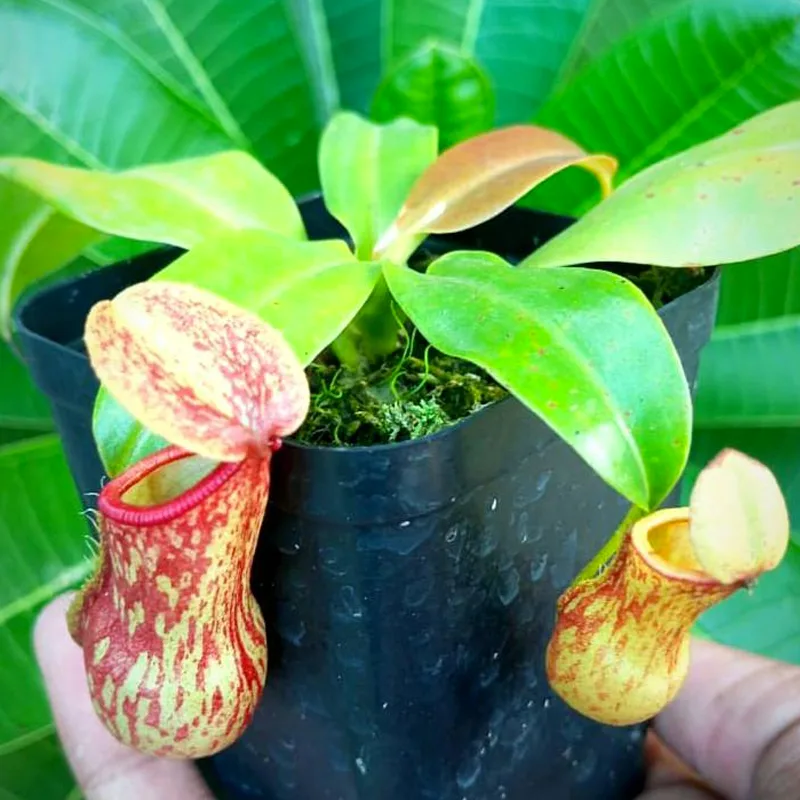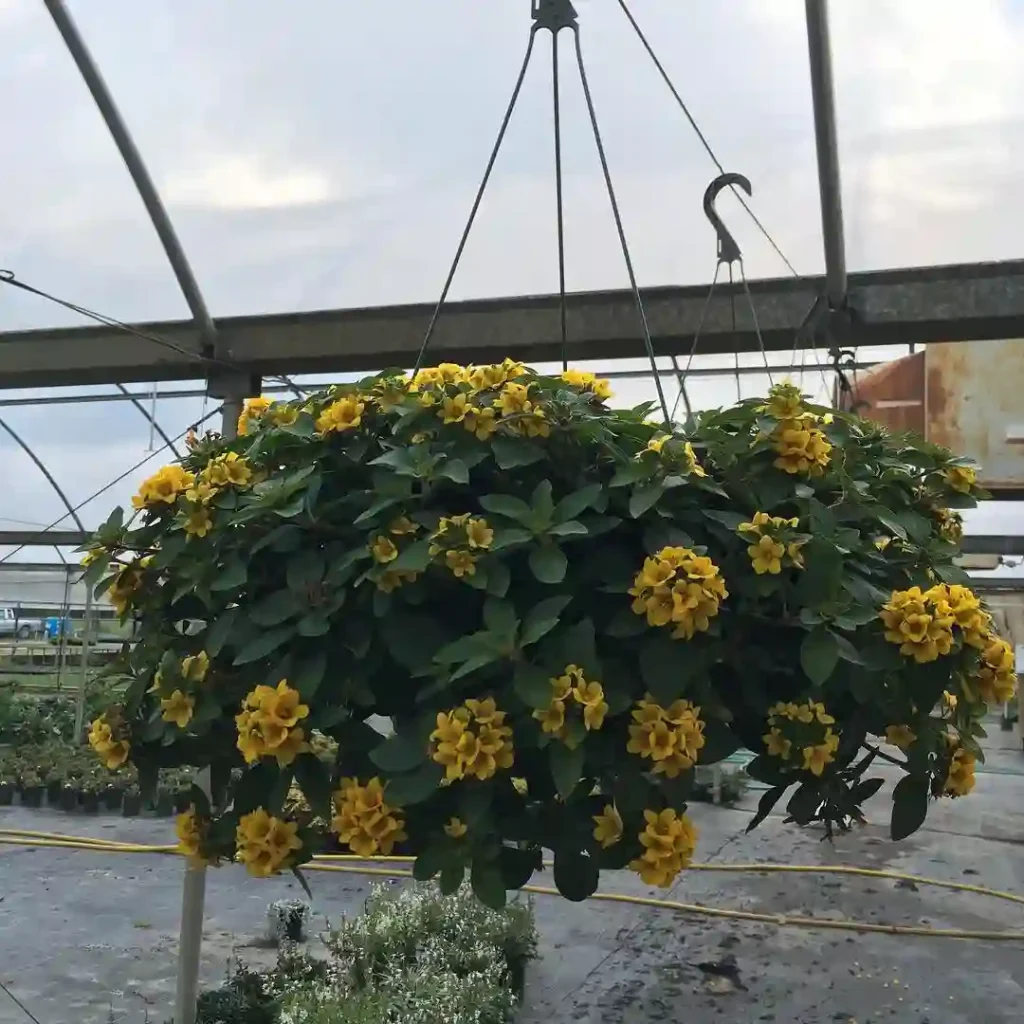The Arrowhead’s Allure: A Deep Dive with Ferb Vu
The aquatic world holds a certain fascination for me. The interplay of light and shadow beneath the surface, the gentle sway of underwater foliage, and the quiet drama of life unfolding in a different element altogether. Among the many aquatic plants that capture my attention, the genus Sagittaria stands out. Commonly known as arrowheads or duck potatoes, these plants belong to the Alismataceae family, possess a unique beauty and a fascinating history intertwined with human civilization.
Why Sagittaria?
What draws me to Sagittaria? It’s the distinctive arrowhead-shaped leaves, of course, that give the genus its common name. These leaves, emerging from submerged stems, can vary dramatically in size and shape depending on the species and its environment. Some are broad and robust, while others are narrow and delicate, but all possess an elegant simplicity that I find captivating.
Beyond their aesthetic appeal, Sagittaria species play a crucial role in their ecosystems. They provide shelter and food for a variety of aquatic creatures, from insects and snails to fish and waterfowl. Historically, certain species have also been an important food source for humans, with their starchy tubers offering sustenance to indigenous peoples across the globe.
A Diverse Genus
Sagittaria is a surprisingly diverse genus, encompassing roughly 30 species distributed across the Americas, Europe, Africa, and Asia. This wide range reflects the adaptability of these plants, their ability to thrive in a variety of aquatic habitats, from shallow ponds and marshes to the edges of lakes and slow-moving streams.
- Sagittaria aginashi Makino
- Sagittaria ambigua J.G.Sm.
- Sagittaria australis (J.G.Sm.) Small
- Sagittaria brevirostra Mack. & Bush
- Sagittaria calycina Engelm.
- Sagittaria chapmanii (J.G.Sm.) C.Mohr
- Sagittaria cristata Engelm.
- Sagittaria cuneata E.Sheld.
- Sagittaria demersa J.G.Sm.
- Sagittaria engelmanniana J.G.Sm.
- Sagittaria fasciculata E.O.Beal
- Sagittaria filiformis J.G.Sm.
- Sagittaria graminea Michx.
- Sagittaria guayanensis Kunth
- Sagittaria intermedia Micheli
- Sagittaria isoetiformis J.G.Sm.
- Sagittaria kurziana Glück
- Sagittaria lancifolia L.
- Sagittaria latifolia Willd.
- Sagittaria lichuanensis J.K.Chen, X.Z.Sun & H.Q.Wang
- Sagittaria longiloba Engelm. ex J.G.Sm.
- Sagittaria × lunata C.D.Preston & Uotila
- Sagittaria macrocarpa J.G.Sm.
- Sagittaria macrophylla Zucc.
- Sagittaria montevidensis Cham. & Schltdl.
- Sagittaria natans Pall.
- Sagittaria papillosa Buchenau
- Sagittaria planitiana G.Agostini
- Sagittaria platyphylla (Engelm.) J.G.Sm.
- Sagittaria potamogetifolia Merr.
- Sagittaria pygmaea Miq.
- Sagittaria rhombifolia Cham.
- Sagittaria rigida Pursh
- Sagittaria sagittifolia L.
- Sagittaria sanfordii Greene
- Sagittaria secundifolia Kral
- Sagittaria siamaginashi Shiga & K.Itoh
- Sagittaria spongiosa (Engelm.) Werier
- Sagittaria sprucei Micheli
- Sagittaria subulata (L.) Buchenau
- Sagittaria tengtsungensis H.Li
- Sagittaria teres S.Watson
- Sagittaria trifolia L.
- Sagittaria weatherbiana Fernald
More Than Just a Pretty Face
While the aesthetic and ecological value of Sagittaria is undeniable, my interest goes deeper than that. I’m intrigued by the historical and cultural significance of these plants. For centuries, various Sagittaria species have been utilized by humans for food, medicine, and even spiritual purposes.
The starchy tubers of Sagittaria latifolia, for instance, were a vital food source for Native Americans, who roasted or boiled them for consumption. In some cultures, Sagittaria plants were also believed to possess medicinal properties, used to treat ailments ranging from digestive issues to skin infections.
This rich history adds another layer of fascination to the Sagittaria genus. It’s a reminder that the natural world is not just something to be admired from afar, but an integral part of the human story.
Conservation Concerns
Despite their adaptability, Sagittaria species, like many other aquatic plants, are facing growing threats due to habitat loss, pollution, and the introduction of invasive species. It’s crucial that we recognize the importance of conserving these plants and the ecosystems they support.
Protecting existing wetland habitats, restoring degraded areas, and controlling the spread of invasive species are all essential steps in ensuring the continued survival of Sagittaria. Furthermore, raising public awareness about the importance of these plants can encourage greater appreciation and support for conservation efforts.
A Continuing Fascination
My exploration of the Sagittaria genus is an ongoing journey. I’m continually learning more about these fascinating plants, their biology, their ecology, and their cultural significance.
Whether I’m observing them in their natural habitat, cultivating them in my own aquatic garden, or simply researching their diverse forms and adaptations, Sagittaria continues to captivate my imagination. It’s a reminder of the beauty, complexity, and resilience of the natural world, and the importance of our role in its preservation.
If i die, water my plants!



